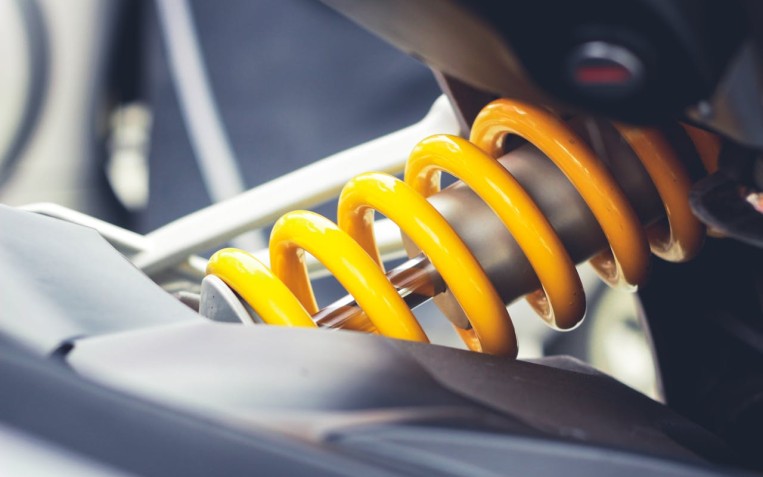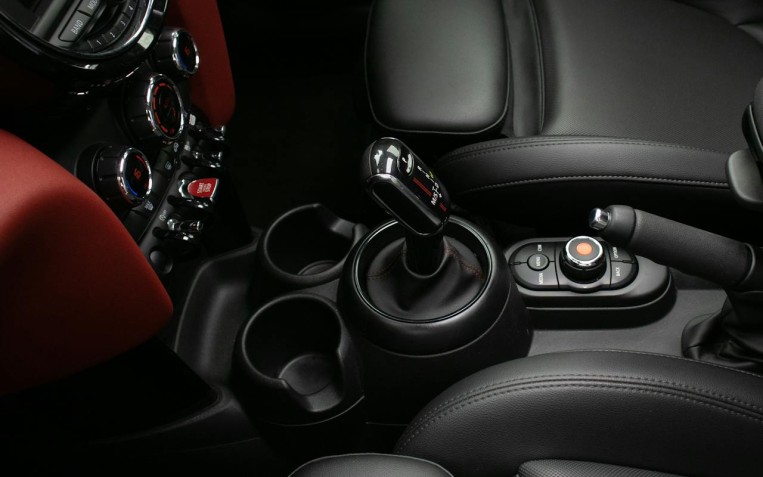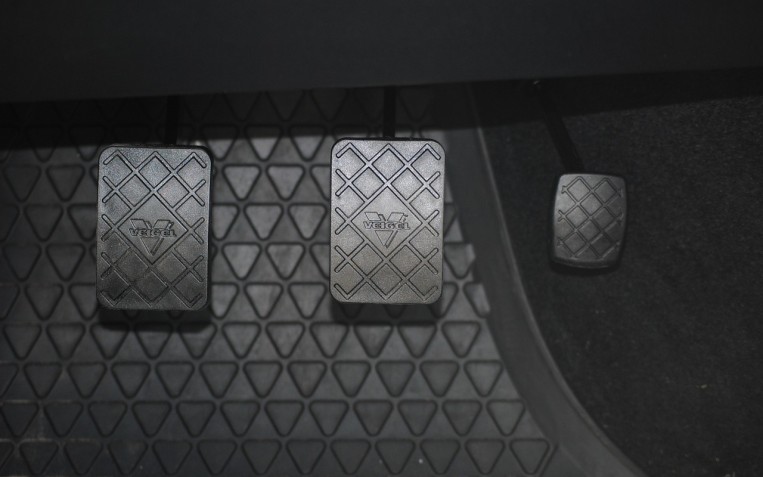5 tips for driving at night

As the nights start to draw in and the clocks change back for winter, driving in the dark poses more challenges, even for the most experienced of drivers.
In fact, figures from the Royal Society for the Prevention of Accidents (RoSPA) show that when the clocks do go back in October, there is a rise in the number of accidents and road users killed or seriously injured.
Driving at night offers many challenges, from making sure you are well equipped to facing any challenges that come your way – as well as ensuring that your car is running smoothly. That’s why we have put together our top tips for late night driving – to keep both you and your vehicle safe during this time of year.
How to drive at night
There are a number of ways you can prepare yourself and your car for when you need to make those journeys in the dark – however, our top 5 tips for night driving include:
1. Windscreen
It’s important that you keep your windscreen clear at all times – as dirty windows increase the likelihood of glare from other vehicles and condensation in your car.
This includes both the inside and outside of the screen, and especially in the colder seasons. So, make sure you keep your windscreen washer is kept filled up, there are no cracks or stone chips, and replace your wipers if they start to smear when used.
2. Eyesight checks
As day turns to night, it can be hard for your eyes to adjust to the change. Combined with the glare of lights coming towards you, traffic lights, rain and unpleasant conditions, this is when many drivers realise that their eyesight may need checking again.
It’s also important to ensure you don’t wear any dark or tinted glasses when driving at night – even if they are prescription glasses. If you are experiencing problems with your eyesight and vision, it’s important to make sure you book an appointment to get them tested sooner rather than later, as it could cause a costly mistake. The eye examination should show any underlying eye problems that affect your night vision.
3. Keep studying the road ahead
When it’s dark, your concentration levels need to be more vigilant, so it’s important to keep studying the road ahead and keeping yourself alert. Try and read the road for oncoming vehicles, check for small glimmers of light which may signal another car is coming around the corner or over the brow of a hill, and be aware that pedestrians, cyclists and animals may not be as visible than they should be.
It’s therefore also integral to make sure you don’t feel tired when you take the wheel, and you take plenty of breaks if you are on a long journey and can’t help but make your journey at night.
Take your time, try and plan your journey ahead and don’t rush to your destination.
4. Service your vehicle to prepare for bad weather
It’s important to make sure your car is up to the job of a night-time journey, especially if it is in the wintertime.
Ensure your headlights, indicators and brakes are working properly – this is best done with the help of a friend, or your local PTA branch who will be able to go through the checklist for keeping your car healthy and on the road. This not only improves the safety and performance of your vehicle, but it also allows other drivers to be able to read your reactions and movements on the road too when it’s dark.
5. Practise your skills
Many drivers feel a big shift when night-time driving, especially after months of the late night sunshine from summer. That’s why it’s important to allow a bit of time for adjustment. For new or nervous drivers especially, it’s important to work on your skills. Some people decide to try taking a pass plus course to help them learn how to drive in different conditions, which can be booked with most driving instructors.
Now you’re clued up on how to prepare for night-time driving, find out more information about keeping your car safe as winter arrives from one of our team. Locate your nearest PTA garage for more details and assistance.
Related Content

Should I have soft or stiff suspension springs for my vehicle?
Suspension springs are essential for maintaining your vehicle’s stability and ride height. Over time, the springs will succumb to wear and tear, which affects how your car handles, brakes and accelerates on the road. Discover whether you should...

What is engine braking?
Engine braking involves taking your foot off the accelerator pedal, allowing your car to slow down. Over time, the parts on your vehicle’s braki...

A guide to the different types of car clutches
The clutch is responsible for channelling the power from the engine, through to the gearbox, and the wheels. Your vehicle's clutch will differ dependi...

